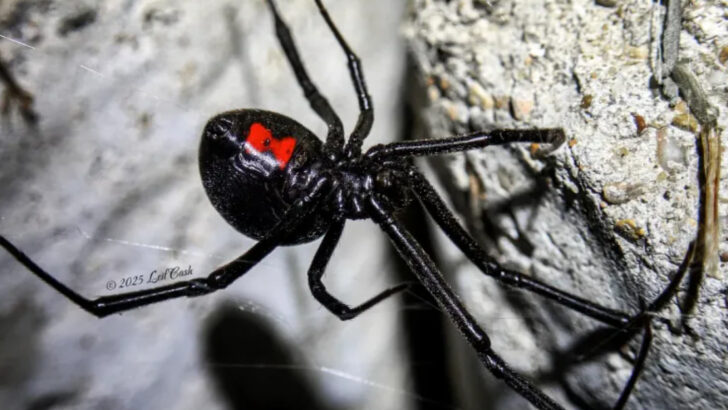The United States is home to a variety of spider species, some of which can be quite dangerous.
While arachnophobia is common, understanding these spiders is essential for safety. This article explores 17 deadly spiders you might encounter across the U.S., each with its unique characteristics and habitats.
From the notorious Black Widow to lesser-known species, these spiders highlight both the diversity and potential hazards of arachnids in America.
Whether you’re a seasoned spider enthusiast or a cautious homeowner, this guide offers valuable insights into these fascinating yet fearsome creatures.
Black Widow
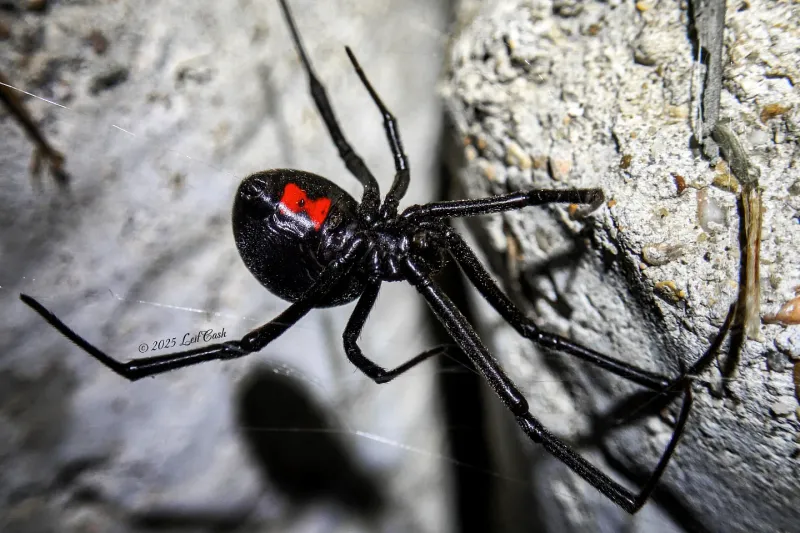
The Black Widow carries an infamous reputation due to its potent venom. Recognizable by the red hourglass marking on its abdomen, this spider often hides in dark, undisturbed areas like basements or sheds.
Although its bite is rarely fatal to humans, it can cause severe pain and systemic symptoms. A female Black Widow’s glossy black body contrasts with her web’s chaotic structure, adding a sinister touch.
These spiders are typically solitary and prefer to avoid human contact. However, if threatened, they may bite in defense. Despite their fearsome image, they play a vital role in controlling insect populations.
Brown Recluse
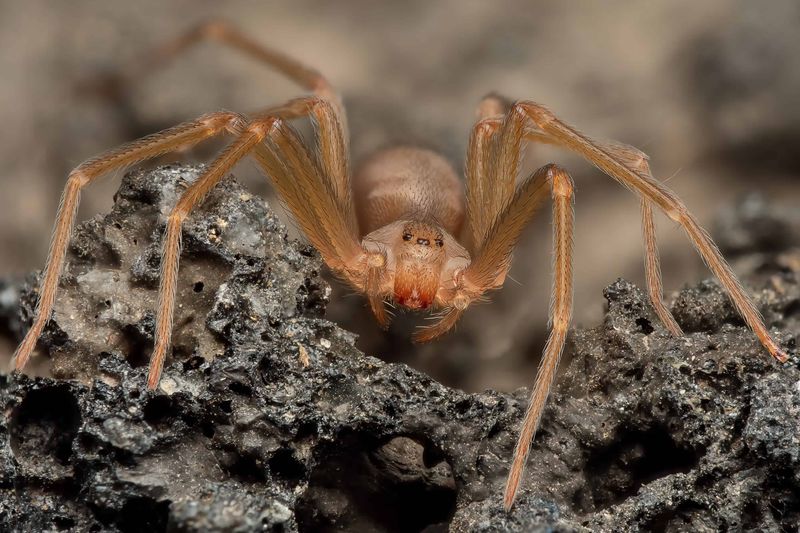
The Brown Recluse is another spider that commands attention due to its necrotic venom. This spider’s violin-shaped marking sets it apart, but it’s often its reclusive nature that keeps it hidden.
Found mainly in the Midwest and South, it prefers dry, secluded spots such as attics or closets. While its bite can lead to severe skin lesions, the Brown Recluse generally bites only when pressed against skin.
Their nocturnal habits and preference for dark corners make them elusive house guests. Understanding their behavior can prevent unwanted encounters and promote safe cohabitation.
Hobo Spider

The Hobo Spider, often mistaken for the Brown Recluse, weaves funnel-shaped webs in basements and dark corners. Its brown, mottled body and long legs make it a swift runner, especially when disturbed.
Although once thought venomous, recent studies suggest its bite is not medically significant. Native to the Pacific Northwest, the Hobo Spider prefers human dwellings during colder months.
Its presence often goes unnoticed until webs appear in undisturbed areas. While their speed can be alarming, they’re generally non-aggressive and avoid confrontation whenever possible.
Yellow Sac Spider
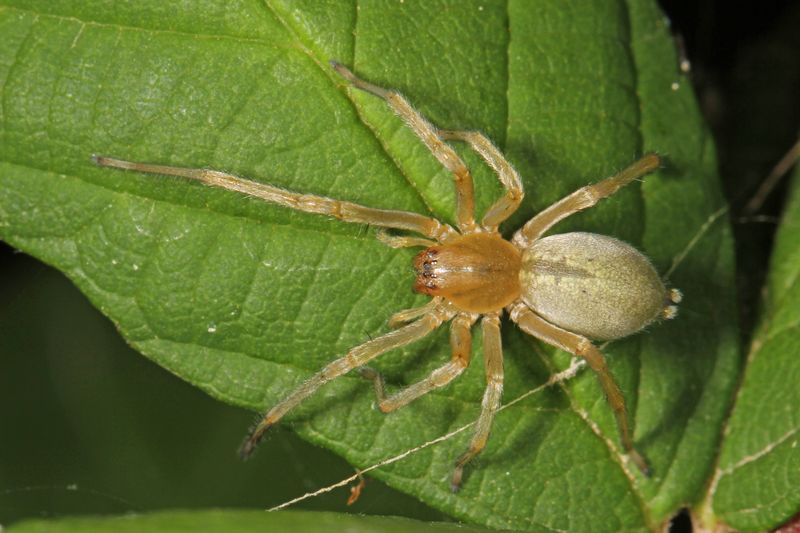
With a pale yellow hue, the Yellow Sac Spider is a common garden inhabitant. Its bite can cause a burning sensation, sometimes followed by mild skin irritation. Unlike many spiders, it doesn’t rely on webs for hunting; instead, it actively seeks prey during the night.
These spiders are found across many parts of the U.S., often venturing indoors during colder months. While encounters can be startling, their bites are not known to cause serious harm.
Their active hunting and unique nesting habits make them fascinating, albeit unwelcome, indoor guests.
Wolf Spider
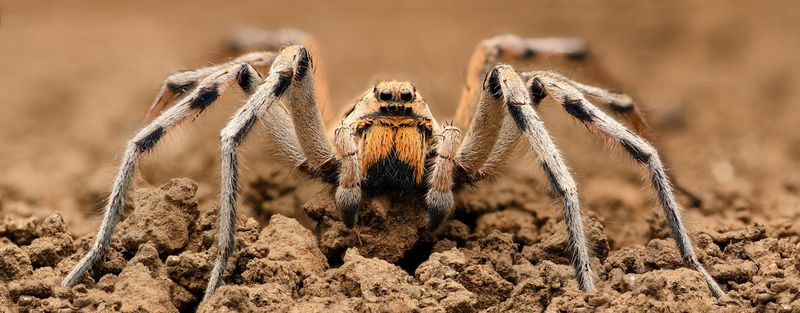
Wolf Spiders, notable for their size and hairy appearance, are often mistaken for tarantulas. These agile hunters do not spin webs but chase down their prey with remarkable speed.
Their striped markings and keen eyesight make them adept nocturnal hunters. Found throughout the U.S., they can occasionally wander indoors, causing alarm due to their intimidating size.
Despite their fearsome look, Wolf Spiders are not aggressive and will bite only if provoked. Their role in controlling pest populations is crucial, making them an important part of the ecosystem.
Tarantula
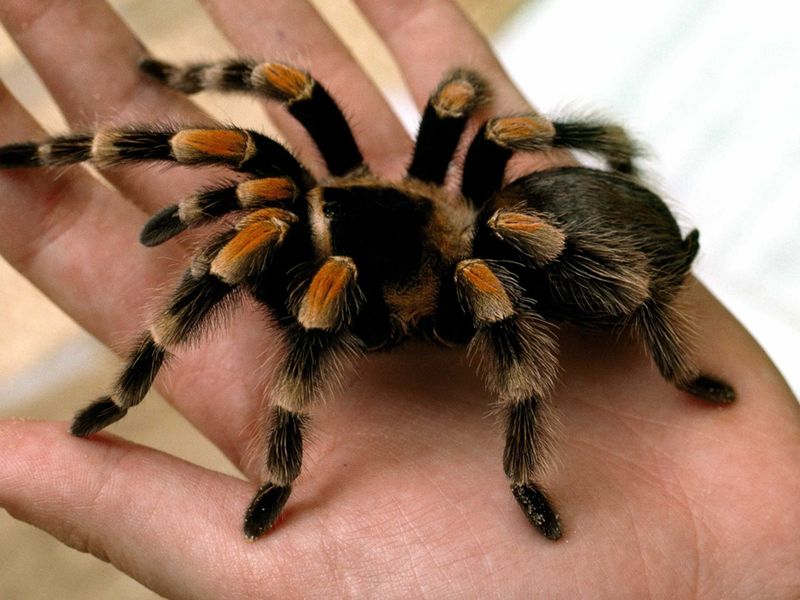
Tarantulas, though fearsome in appearance, are generally gentle giants in the arachnid world. Known for their hairy bodies and slow, deliberate movements, they inhabit arid regions like deserts.
Despite their size, Tarantulas are not aggressive toward humans and their bite is comparable to a bee sting. They play a crucial role in controlling insect populations and are fascinating to observe in their natural habitats.
With various species across the U.S., each Tarantula exhibits unique color patterns that add to their allure.
Redback Spider

The Redback Spider, closely related to the Black Widow, is known for its vivid red stripe. This spider’s venom can cause serious symptoms in humans, although antivenom is available.
Found mainly in southern parts of the U.S., the Redback prefers warm, sheltered environments. Its tangled web and striking appearance make it a fascinating, yet fearsome arachnid.
While their bites are rare, caution is advised in areas where they are prevalent.
Black House Spider
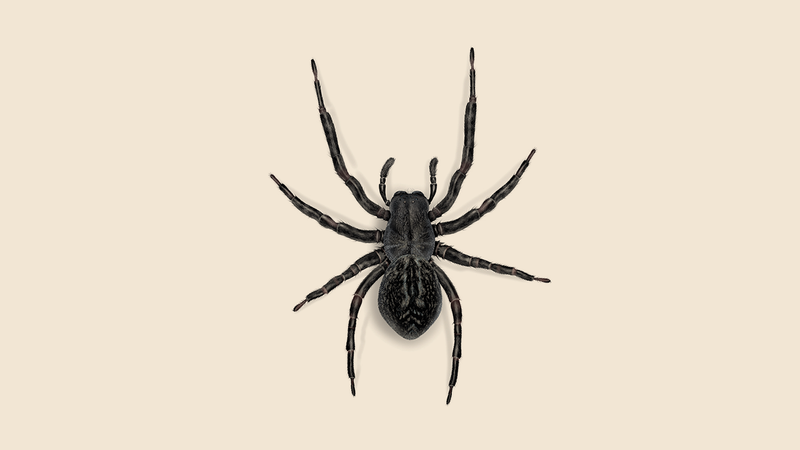
The Black House Spider is a common resident in urban areas. Its dark, velvety body and funnel-shaped webs are distinctive, often found in window frames or wall crevices.
These spiders are shy by nature and prefer to remain hidden. While their bite can cause mild pain and discomfort, they are not known to be dangerous.
The Black House Spider’s presence often indicates a healthy environment, as they prey on insects that could otherwise become pests.
False Widow
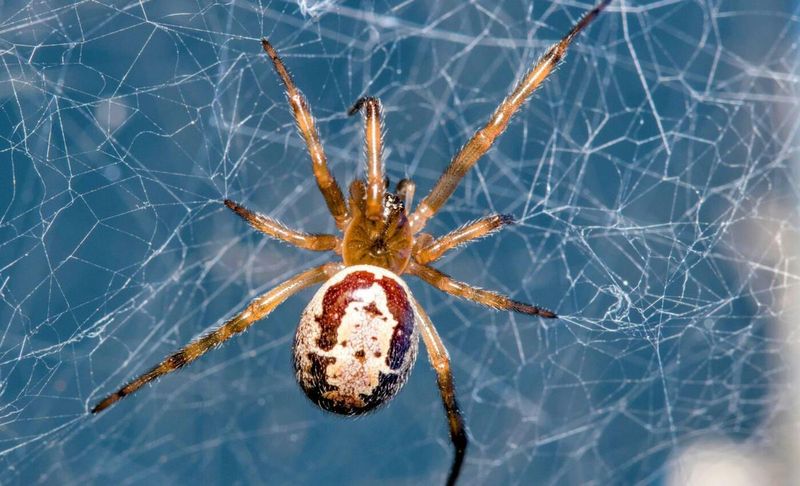
The False Widow, often confused with the notorious Black Widow, possesses a glossy, dark abdomen with faint markings. Although its bite can cause discomfort, it is not as potent as its infamous cousin.
Preferring urban environments, the False Widow can be found in garages or sheds. Their webs are more defined, often found in elevated spots.
While their presence can be unsettling, these spiders are generally non-aggressive and play a role in controlling insect populations.
Brown Widow

The Brown Widow is a more subdued relative of the Black Widow, with a pale, mottled body and an orange hourglass marking. Its venom is less potent, but bites can still cause discomfort.
This spider is adaptable, found in a variety of environments including gardens and urban areas. Its tangled web often signals its presence.
Although less aggressive, the Brown Widow should be treated with caution, as with all venomous spiders. Their unique markings and behaviors make them a subject of interest among arachnologists.
Orb-Weaver Spider
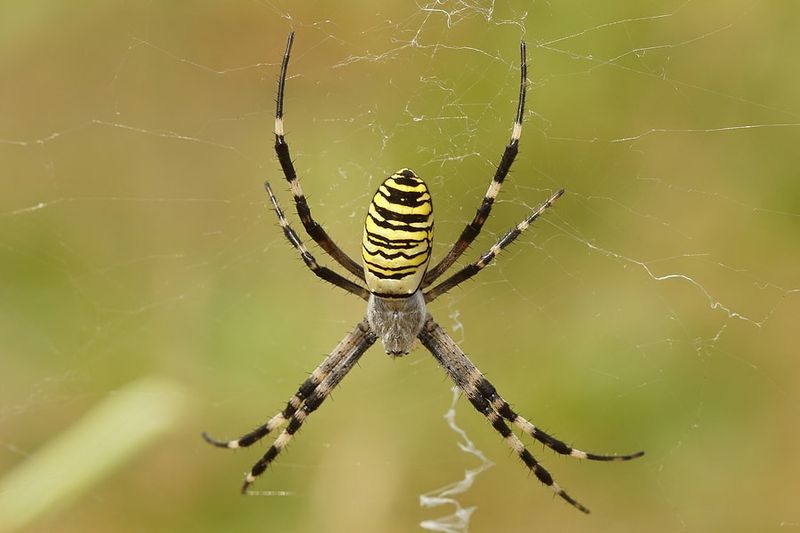
Orb-Weaver Spiders are known for their impressive web-building skills, creating large, intricate designs to catch prey. Their vibrant patterns and varied colors make them one of the most visually striking spiders.
Found throughout gardens and forests, they play a crucial role in keeping insect populations in check. Despite their intimidating webs, Orb-Weavers are harmless to humans and generally shy away from confrontation.
Their presence often enhances the biodiversity of an area, and their webs can be a beautiful spectacle in the morning dew.
Trapdoor Spider
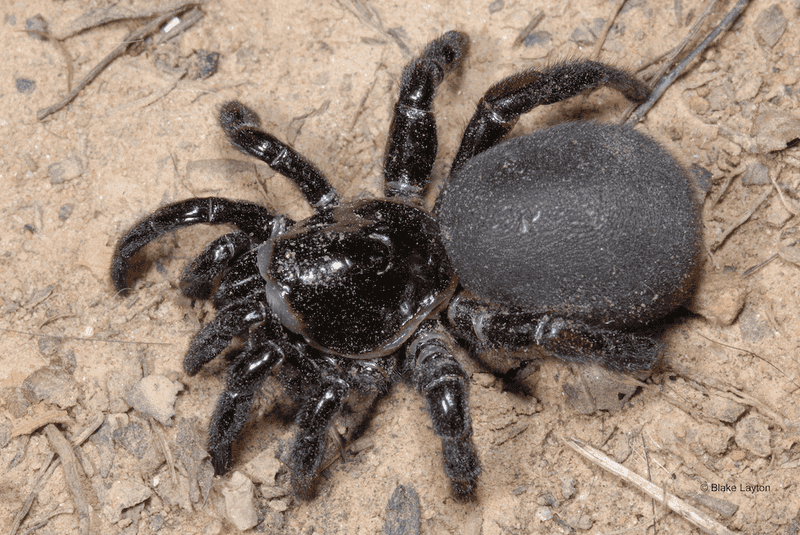
The Trapdoor Spider is a master of disguise, using its surroundings to create camouflaged burrows. Its robust, brown body is built for ambush rather than chase, lying in wait for unsuspecting prey.
These spiders are rarely seen due to their secretive nature, but their presence can be detected by the cleverly disguised entrances to their burrows.
Found in various habitats, they contribute to controlling insect populations. While not dangerous to humans, their sudden appearances can be startling.
Jumping Spider
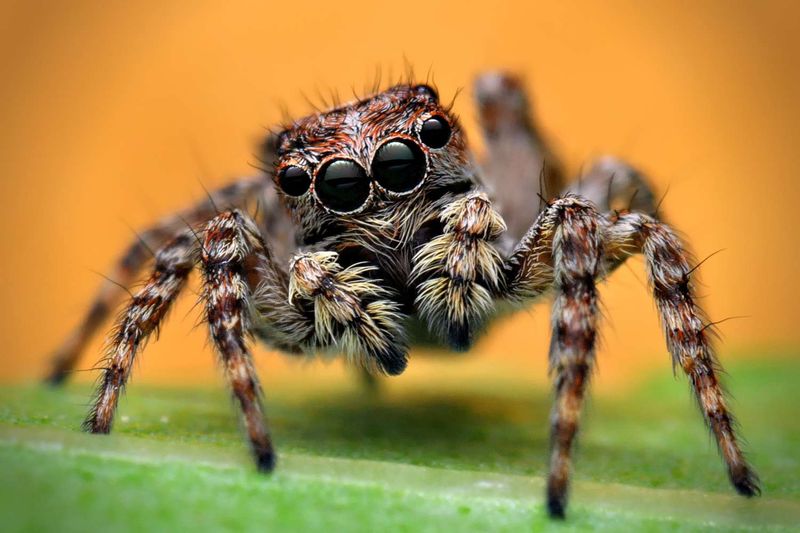
Jumping Spiders, with their iridescent eyes and furry bodies, are among the most endearing arachnids. Known for their extraordinary jumping ability, they hunt with precision, using their keen eyesight to spot prey.
These spiders are curious and often interact with humans, showing little fear. Their vibrant colors and patterns can vary widely, making them popular subjects for photography.
Despite their bold nature, Jumping Spiders are harmless and play a vital role in controlling pests.
Six-Eyed Sand Spider
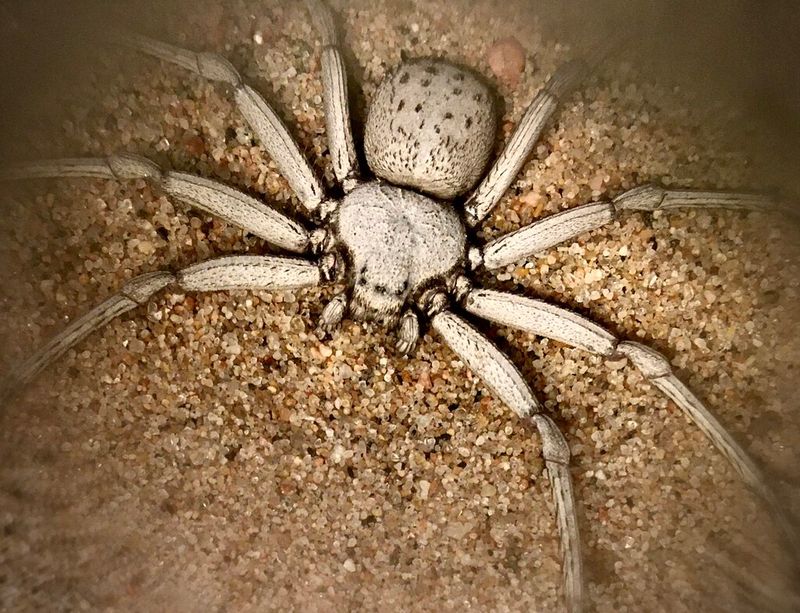
The six-eyed sand spider is a master of disguise in the arid deserts of the Southwest. Its flat body and reddish-brown hue allow it to blend seamlessly into its sandy surroundings, making it almost invisible to both predators and prey.
This elusive arachnid possesses a venom so potent, it can be lethal to small animals. Luckily, encounters with humans are rare, but its presence is enough to send shivers down anyone’s spine.
Did you know? This spider can survive for a year without food, a testament to its incredible adaptability in harsh environments. Its survival tactics are as fascinating as they are unsettling.
Lynx Spider
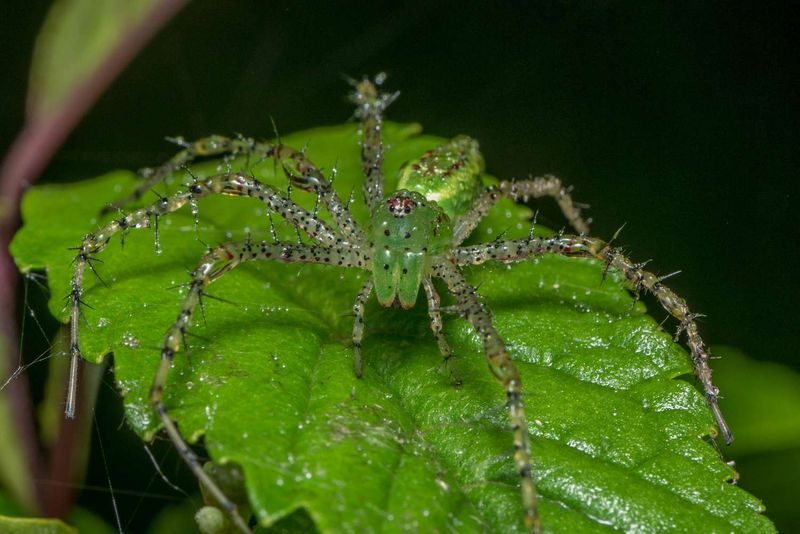
The Lynx Spider is a dynamic hunter, using its long, spiny legs to capture prey with agility and speed. Its greenish body allows it to blend seamlessly with foliage, making it an adept ambush predator.
Found in gardens and meadows, Lynx Spiders are beneficial, keeping pest populations under control. Their energetic hunting style and distinctive appearance make them fascinating to observe, though they pose no threat to humans.
These agile spiders contribute significantly to the ecological health of their habitats.
Mouse Spider
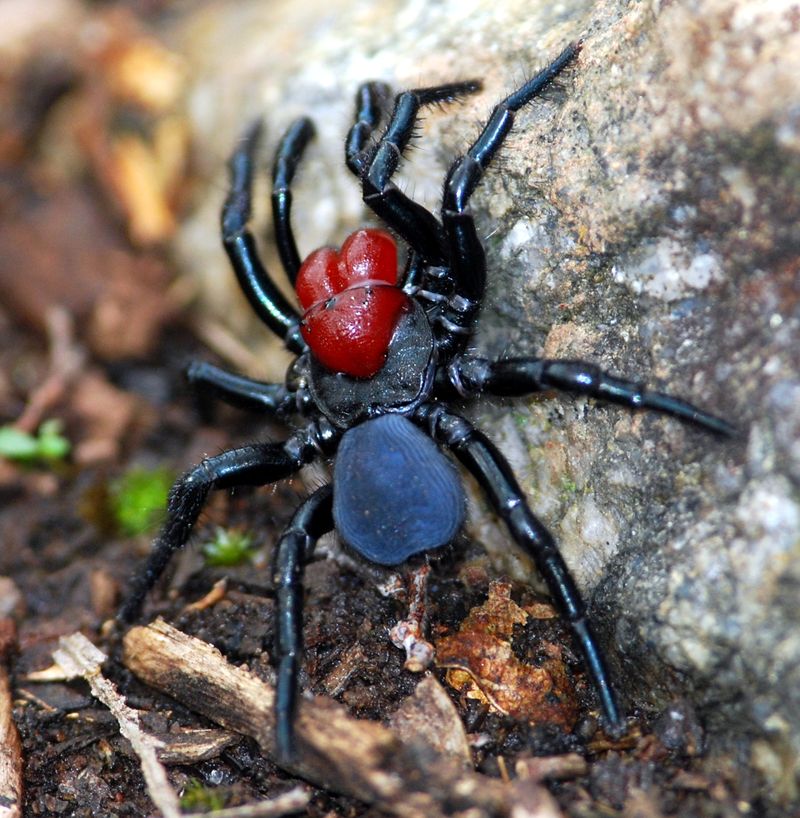
The Mouse Spider is known for its glossy black body and red-tinged fangs. Despite their fearsome appearance and potent venom, bites are rare due to their reclusive nature.
These spiders are often found in burrows, preferring sandy or loose soil. While encounters with humans are uncommon, caution is advised if one is spotted.
Their burrowing lifestyle and striking appearance make them an intriguing, yet mysterious part of the arachnid world.
The Red Widow Spider

Known for its striking appearance, the Red Widow Spider is a rare sight, found primarily in the sandy scrublands of Florida. Its vivid red-orange body, contrasted with jet-black legs, makes it a visually stunning arachnid. Unlike other widows, it prefers more open, sunlit areas rather than dark, enclosed spaces.
The Red Widow’s venom is potent, capable of causing significant pain and discomfort. However, it is less aggressive than its relatives and seldom bites humans unless provoked. Its unique coloration serves as a warning to potential predators, a natural adaptation that enhances its survival.
Interesting Tidbit: The Red Widow is particularly specialized in its habitat choice, often found in regions with native foliage like sand pine, making their conservation tied to the preservation of these specific ecosystems.

